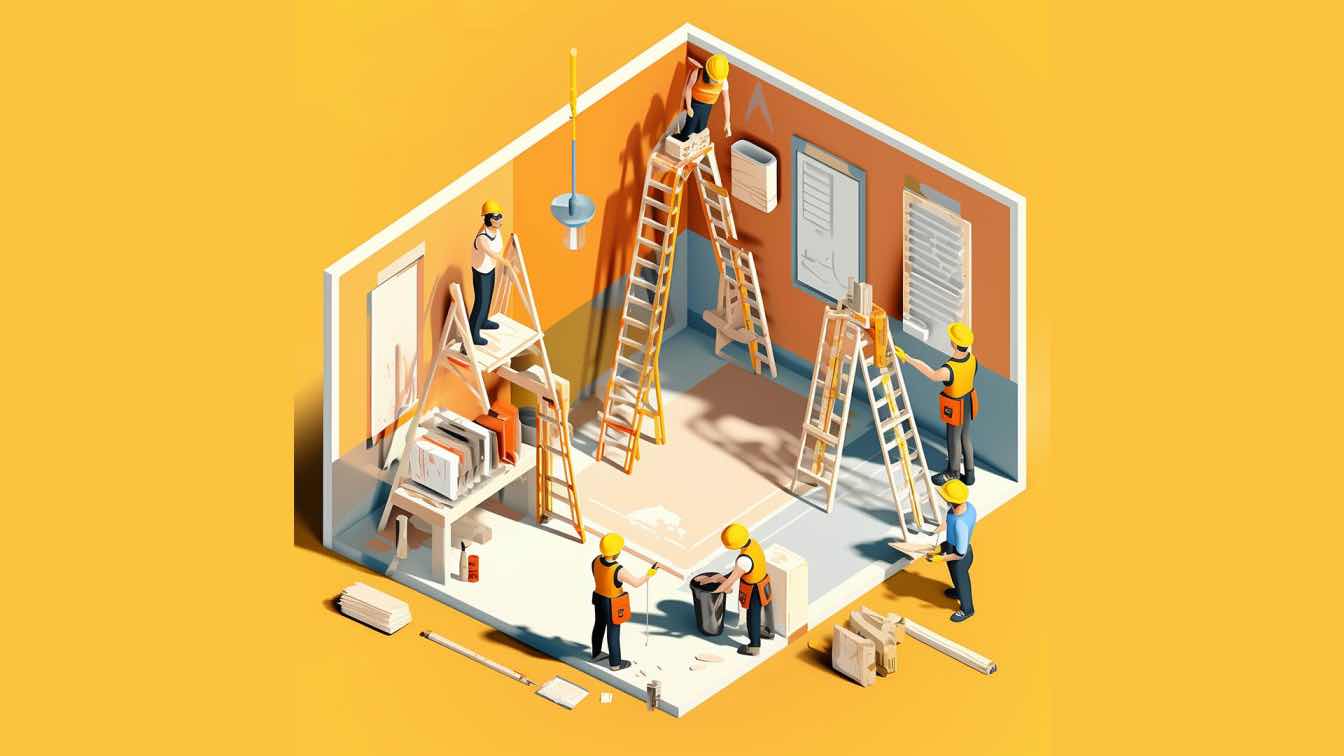Encountering a pool of water beneath your washing machine or Refrigerator is undoubtedly cause for concern. Beyond being a threat to the appliances, leaks can escalate to water damage within your home. In this comprehensive guide, we'll guide you through the step-by-step process of diagnosing and uncovering the root causes of leaks in washing machines and refrigerators. By adhering to these steps, you can precisely identify the issue and implement the necessary measures to avert additional damage. If the troubleshooting process becomes challenging, consider seeking assistance from professionals specializing in find washing machine repair service.
Step 1: Safety First
Before examining any appliance, ensure safety by disconnecting power sources. Unplug the washing machine or Refrigerator to avoid electrical hazards during the inspection.
Step 2: Inspect External Connections
For both appliances, start by examining external connections. Check the water supply hoses, drainage pipes, and any visible seals for signs of wear, cracks, or loose fittings. Tighten or replace components as needed.
Step 3: Washing Machine Leaks:
a. Check Hose Connections:
Examine the water inlet hoses for leaks or damage. Tighten connections and replace hoses with visible wear.
b. Inspect the Pump:
Inspect the pump for cracks or faulty seals. If identified, replace the pump.
c. Examine the Door Seal:
Inspect the door seal for tears or misalignments. Replace the seal if necessary.
Step 4: Refrigerator Leaks:
a. Clear the Drain Pan:
A clogged or overflowing drain pan may cause leaks. Clear any debris and ensure proper drainage.
b. Inspect the Water Filter:
A damaged water filter can lead to leaks. Check the filter and replace it if it is compromised.
c. Examine the Defrost Drain:
A blocked defrost drain can cause water accumulation. Clear any obstructions to restore proper drainage.
Step 5: Internal Inspections:
a. Washing Machine:
If external components show no issues, check for internal leaks during a wash cycle. Inspect the tub, hoses, and water inlet valve for leaks while the machine operates.
b. Refrigerator:
Inspect the interior for any signs of water accumulation. Check the ice maker, water dispenser, and internal components for leaks.
Step 6: Testing Repairs:
After making necessary repairs or replacements, run a test cycle for the washing machine and monitor for leaks. Similarly, assess the Refrigerator by checking for water accumulation after implementing fixes.
Step 7: Preventive Measures:
To avoid future leaks, consider routine maintenance such as checking hoses, cleaning filters, and inspecting seals. Regularly monitor appliances for any signs of wear or damage.
Conclusion:
Employing a systematic method for diagnosing washing machine and refrigerator leaks allows homeowners to identify and address issues promptly. By adhering to these guidelines, you gain control over potential water damage risks, thus promoting the longevity of your appliances and ensuring the safety of your home. If you encounter challenges that surpass your expertise, seeking assistance from professionals near me who specialize in washer and dryer repair near me is advisable.





